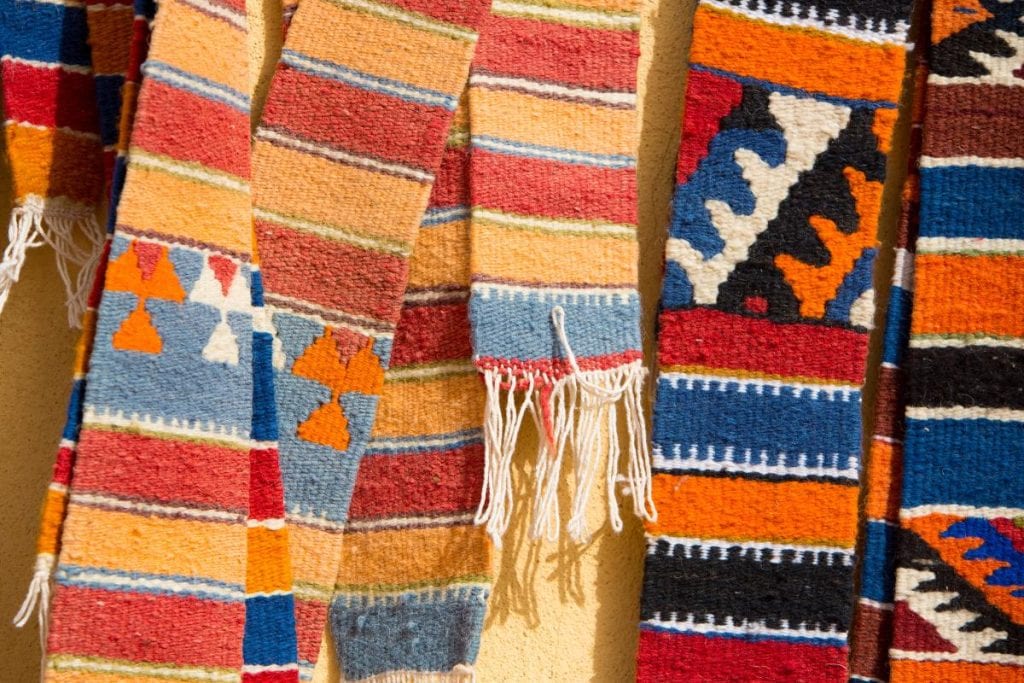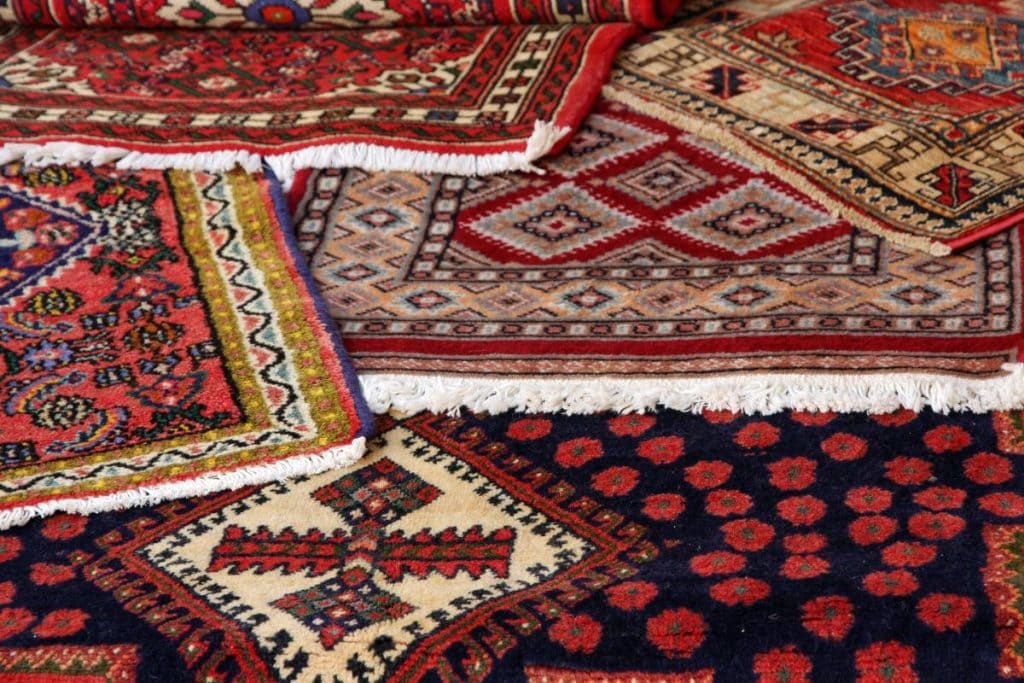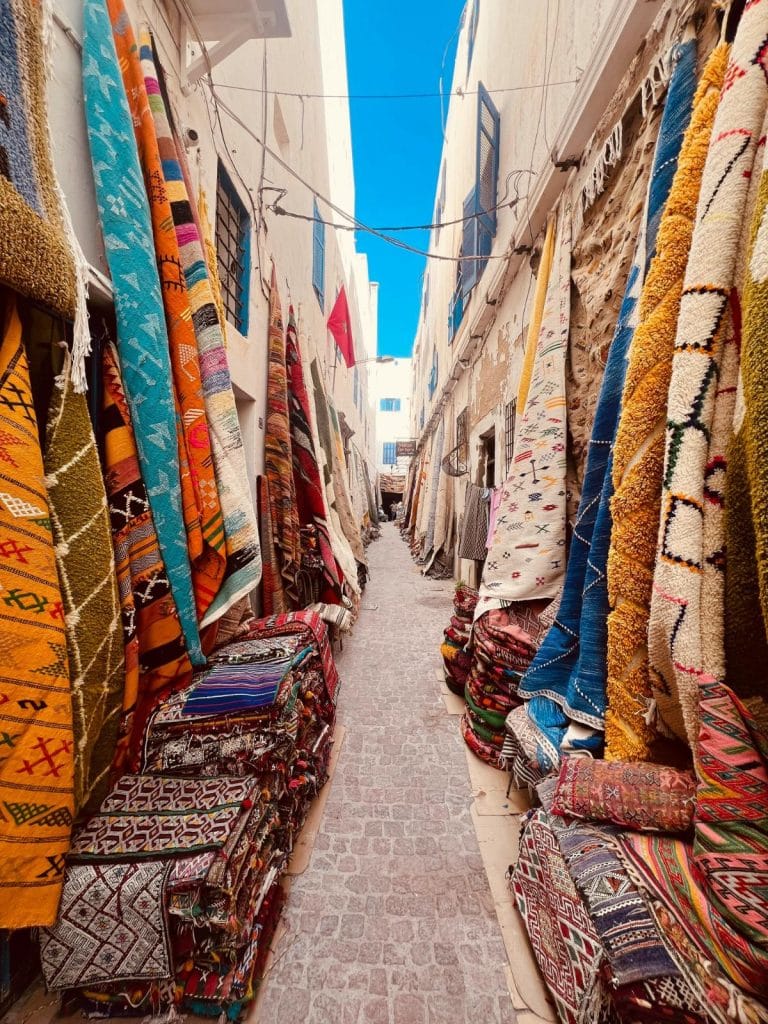Moroccan Berber rugs are more than just home decor—they are woven stories of culture, heritage, and craftsmanship. Created by the indigenous Berber tribes of Morocco, these rugs have been handwoven for centuries using time-honored techniques passed down through generations. Each one is unique, featuring intricate designs that hold symbolic meaning.
But what goes into making an authentic Berber rug? The process is long and labor-intensive, requiring high-quality materials, natural dyes, and expert weaving skills. Every rug is the result of patience, creativity, and deep-rooted traditions. In this article, we’ll walk through the fascinating steps that bring these beautiful rugs to life.

The Foundation: Wool Selection and Preparation
The journey of a Moroccan Berber rug begins with raw wool, sourced primarily from sheep raised in the Atlas Mountains. These sheep produce thick, durable wool, which is ideal for the harsh climates where these rugs are traditionally used.
Once the wool is sheared, it undergoes a thorough cleaning process. This involves washing it in large water basins to remove dirt, debris, and natural oils that may interfere with dye absorption. The wool is then dried under the Moroccan sun, which helps preserve its softness and elasticity.
After drying, the wool is spun into yarn. Unlike factory-spun yarn, which has a uniform appearance, Berber artisans use a drop spindle, a simple hand-operated tool that results in a slightly irregular texture. This unevenness is a defining characteristic of authentic Moroccan rugs, giving them an organic and handmade feel.
The Magic of Natural Dyes
The colors of Berber rugs are another feature that makes them stand out. Rather than using artificial dyes, traditional artisans rely on natural sources to achieve their earthy and vibrant hues. The process of dyeing the wool requires time and skill, as different materials produce different shades, and some require multiple dye baths to reach the desired depth of color.
Some of the most common natural dyes include:
- Henna – Produces warm, reddish-brown hues
- Saffron – Creates rich golden yellow tones
- Indigo – Used for deep blue shades
- Pomegranate Peels – Provide subtle green and brown tones
- Madder Root – Produces deep reds and pinks
To achieve these colors, artisans boil the wool in large vats filled with dye ingredients. The wool is left to soak for hours or even days, ensuring the pigment is fully absorbed. Once dyed, the yarn is dried under the sun, allowing the colors to set naturally.
Because these dyes are made from organic materials, they tend to age beautifully over time, creating a natural patina that enhances the rug’s authenticity. This is one reason why older Moroccan rugs are highly prized among collectors.
The Art of Hand Weaving
Weaving is at the heart of Moroccan rug-making. Using a wooden loom, artisans meticulously tie each knot by hand, a process that can take months depending on the rug’s size and complexity.
Setting Up the Loom
The loom is an essential tool in the weaving process. Traditional Berber looms are upright and vertical, allowing weavers to stand or sit while working. The loom is strung with warp threads, which serve as the rug’s foundation. These threads are usually made from wool or cotton and determine the overall strength and durability of the rug.
The Weaving Process
Once the loom is prepared, the weaving begins. The artisan ties individual knots around the warp threads, one row at a time. Each knot is carefully secured, and after every few rows, the threads are tightly packed using a wooden comb to ensure density and durability.
This method is what makes Berber rugs exceptionally strong and long-lasting. A high-knot density means the rug will be more resistant to wear and tear, making it an excellent choice for high-traffic areas.
Symbolism in Berber Rug Designs
One of the most intriguing aspects of Moroccan rugs is the symbolism woven into their designs. These motifs are not random decorations—they carry deep meanings that reflect the weaver’s life experiences, beliefs, and tribal identity.
Some common motifs include:
- Diamonds – Often represent protection and femininity
- Zigzag Lines – Symbolize water and life’s constant movement
- Triangles – Associated with fertility and motherhood
- X-Shapes – Thought to ward off evil spirits
Because each artisan adds their own personal touch, no two rugs are ever the same. This makes Moroccan rugs not just functional items, but unique works of art with deep cultural significance.

The Final Touches: Trimming, Washing, and Finishing
Once the weaving is complete, the rug is carefully removed from the loom. At this stage, the finishing process begins, which involves trimming, washing, and final detailing.
Trimming
Depending on the intended style, the pile of the rug is trimmed to achieve the desired height. Some Berber rugs are left with a high, shaggy pile, making them extra soft and warm. Others are trimmed shorter for a flatter, more compact texture.
Washing
The rug is thoroughly washed multiple times to remove any excess dye, dust, or loose fibers. Artisans use natural soap and water, scrubbing the rug by hand to ensure it remains clean and vibrant.
After washing, the rug is laid out in the sun to dry completely. Sun drying is an essential step, as it enhances the wool’s natural softness while preserving the rug’s structure.
Finishing Touches
Some rugs undergo additional detailing, such as adding decorative fringes or reinforcing the edges to prevent fraying. Once the final inspection is complete, the rug is ready to be sold or passed down as a treasured family heirloom.
What Makes Handmade Berber Rugs Special?
In a world dominated by mass production, Moroccan Berber rugs stand out as a testament to handcrafted excellence. Every piece is made with care, using traditional techniques that have remained unchanged for centuries.
Here’s what makes these rugs so special:
- Handmade Quality – Each rug is woven by hand, ensuring superior craftsmanship
- Durability – Made from 100% wool, they can last for generations
- Authenticity – Every rug tells a story through its symbols and patterns
- Sustainability – The process uses natural materials, making them eco-friendly
Unlike factory-made rugs, which often look identical, each Berber rug is one of a kind. This uniqueness adds charm and character, making them a valuable addition to any home.
Preserving a Timeless Tradition
As the demand for Moroccan rugs grows, traditional weaving methods face the threat of being replaced by machine production. However, many artisans continue to create rugs the traditional way, keeping this rich craft alive.
Buying authentic handmade rugs supports these artisans and ensures that this centuries-old tradition continues to thrive. When looking for a Moroccan rug, it’s always best to choose one that’s made by hand rather than a factory-produced imitation.

Final Thoughts
The process of making a Moroccan Berber rug is an extraordinary journey that requires skill, patience, and a deep connection to tradition. From selecting the finest wool to weaving intricate patterns, each step is a labor of love.
More than just home accessories, these rugs are a reflection of Berber heritage. Whether displayed on the floor or hung as a tapestry, an authentic Berber rug carries with it a piece of history—one that has been woven into every knot and thread.
Owning a Moroccan Berber rug means more than just adding beauty to a space. It’s about honoring craftsmanship, tradition, and cultural heritage—a story told through wool and woven by skilled hands.
